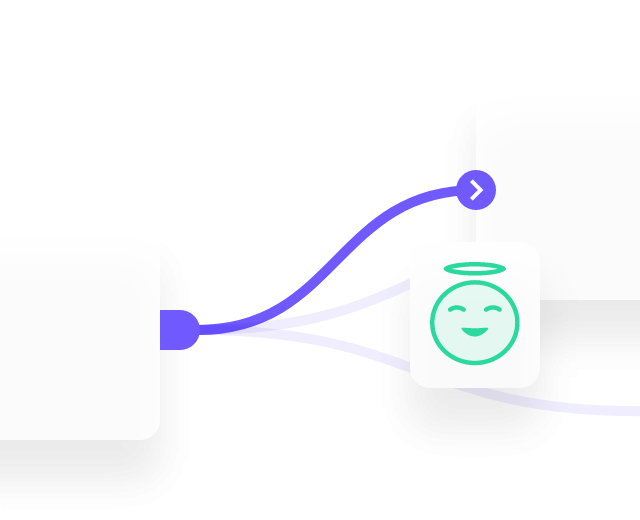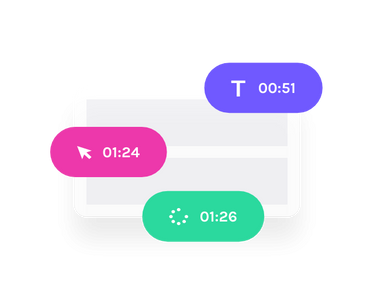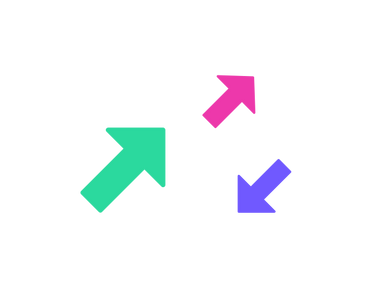UX research is how organizations learn what their audience’s needs, perspectives and experiences are in relation to products and services. It involves gathering data around the problems users have, what would solve them, and how they perceive current solutions.
Common user experience research methods include:
Focus groups
User interviews
Usability testing
First-click testing
Five second tests
Card sorting
Tree tests
A/B testing
Here are a couple of good examples of how UX research shaped companies:
Instagram originally started as a location-based app called Burbn. Looking for ways to improve their failing app, the Burbn team used UX research methods such as log analysis to learn more about user preferences.
They noticed that users didn’t use most of the features, but they loved the app’s photo-sharing capability. With this realization, the Burbn team changed direction and created Instagram.
Apple reinvented mobile phones by creating the iPhone. CEO Steve Jobs was famously obsessed with simplifying the user interface and would use prototypes to test out the team’s early developments. Reportedly, if Jobs could not complete a task in less than three clicks, he would send the design team back to the drawing board.
This form of internal usability testing helped Apple to refine its design and create the minimalist experience Apple is known for.
The seven steps of UX research are:
1. Set goals
2. Choose appropriate research methods
3. Create a research plan
4. Dive into the research
5. Analyze the data
6. Iterate and test
7. Share findings and recommendations
Tools you could use for conduct UX research include:
Session replay software
Screen recording software
Heatmap or interaction map software
Physical or digital cards (for card sorting tests)
Prototyping tools
Wireframing tools
A/B testing tools
A user experience (UX) researcher is someone who investigates the way people use products and services.
Their focus on experience means UX researchers seek to understand both the attitudes and behavior of users. By gathering data around user needs, experiences and pain points, UX researchers help organizations build better products and services.
A UX researcher investigates peoples’ needs, experiences and perceptions around products and services. By conducting tests with people from the target audience of an organization or businesses, they uncover what the audience needs from a digital product. This enables the organization to create user-centered products, using data to guide their decisions.





